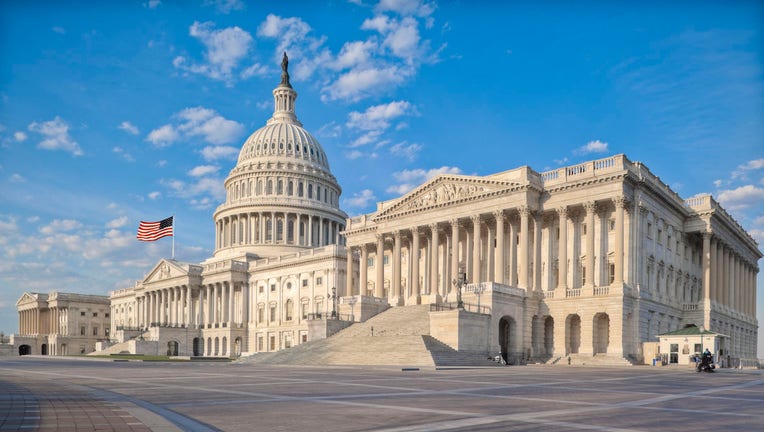Student loan payment pause has cost the government $100B

The Biden administration recently extended the pause through May 1, 2022. (iStock)
The federal student loan payment pause has provided much-needed relief for millions of borrowers over the past two years, but that relief comes with a high price tag.
The Department of Education recently reported that the pause in student loan repayment has cost the government $98.4 billion so far — a number that will continue to rise until the moratorium is lifted in May 2022. The current student loan forbearance period costs the federal government about $4.3 billion per month, according to the Congressional Budget Office (CBO).
Several Republican lawmakers pressed Education Secretary Miguel Cardona to release documents on how the government calculates projected losses to the student loan portfolio in a Jan. 12 letter. This includes portfolio losses caused by borrowers who default on their student loans, which is a concern for lawmakers as student loan payments are set to resume in a few short months.
Keep reading to learn more about the federal student loan repayment moratorium, including how to prepare for the return to repayment. One strategy is student loan refinancing, which can help borrowers reduce their monthly payments. You can compare student loan refinance offers on Credible for free without impacting your credit score.
HERE'S WHO HAS QUALIFIED FOR STUDENT LOAN FORGIVENESS UNDER BIDEN
When does the student loan repayment pause end?
Payments and interest on federal student loans have been paused since former President Donald Trump signed the CARES Act into law in March 2020. The Biden administration has extended forbearance several times, most recently due to the coronavirus' omicron variant, but the student loan payment pause is set to expire in May 2022.
"Meanwhile, the Department of Education will continue working with borrowers to ensure they have the support they need to transition smoothly back into repayment," President Joe Biden said in a statement.
Student loan repayment may look different for millions of borrowers who will be making payments to a new loan servicer. Borrowers who have been automatically transferred to a new loan servicer should have already received email communications from the Department of Education.
Impacted borrowers should make sure their contact information is up-to-date on the Federal Student Aid (FSA) website to avoid missing payments. If your student loan servicer has changed, your repayment terms will stay the same — including the payment due date, monthly payment amount, loan balance and interest rate.
If you're unhappy with your current student loan repayment terms as the federal forbearance period comes to an end, consider refinancing to lower your interest rate and reduce your monthly payments. Student loan refinancing could help borrowers avoid delinquency on their student loan debt.
You can learn more about student loan refinancing by getting in touch with a knowledgeable loan officer at Credible.
SCHUMER ESCALATES PRESSURE ON BIDEN TO CANCEL STUDENT LOANS IN 2022
How to prepare for student loan payments to resume
Starting in May, federal student loan borrowers will need to resume making payments or risk falling into default. Borrowers who are delinquent on their student loan payments may face wage garnishment or have their tax refunds withheld.
If you're worried about your ability to restart student loan payments, here are a few things you can do to prepare your finances:
- Enroll in income-driven repayment (IDR). Federal student loan borrowers may be able to limit their monthly student loan payments to 10-20% of their disposable income by signing up for an IDR plan.
- Apply for additional forbearance. Some borrowers may qualify for up to 36 months of federal forbearance through economic hardship or unemployment deferment.
- Lower your monthly payments by refinancing. A recent Credible analysis found that well-qualified borrowers who refinanced to a longer-term student loan were able to reduce their monthly payments by more than $250, on average.
Keep in mind that refinancing your federal loans into a private student loan will make you ineligible for government benefits, such as income-driven repayment and select student loan forgiveness programs.
You can browse current student loan refinance rates in the table below, and visit Credible to see your estimated interest rate. Then, use a student loan refinance calculator to determine if this debt repayment strategy is right for your financial situation.
Have a finance-related question, but don't know who to ask? Email The Credible Money Expert at moneyexpert@credible.com and your question might be answered by Credible in our Money Expert column.

